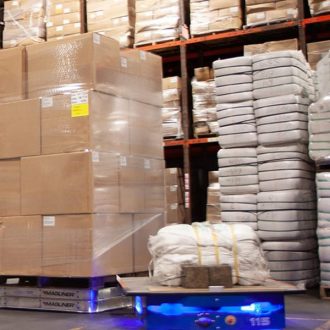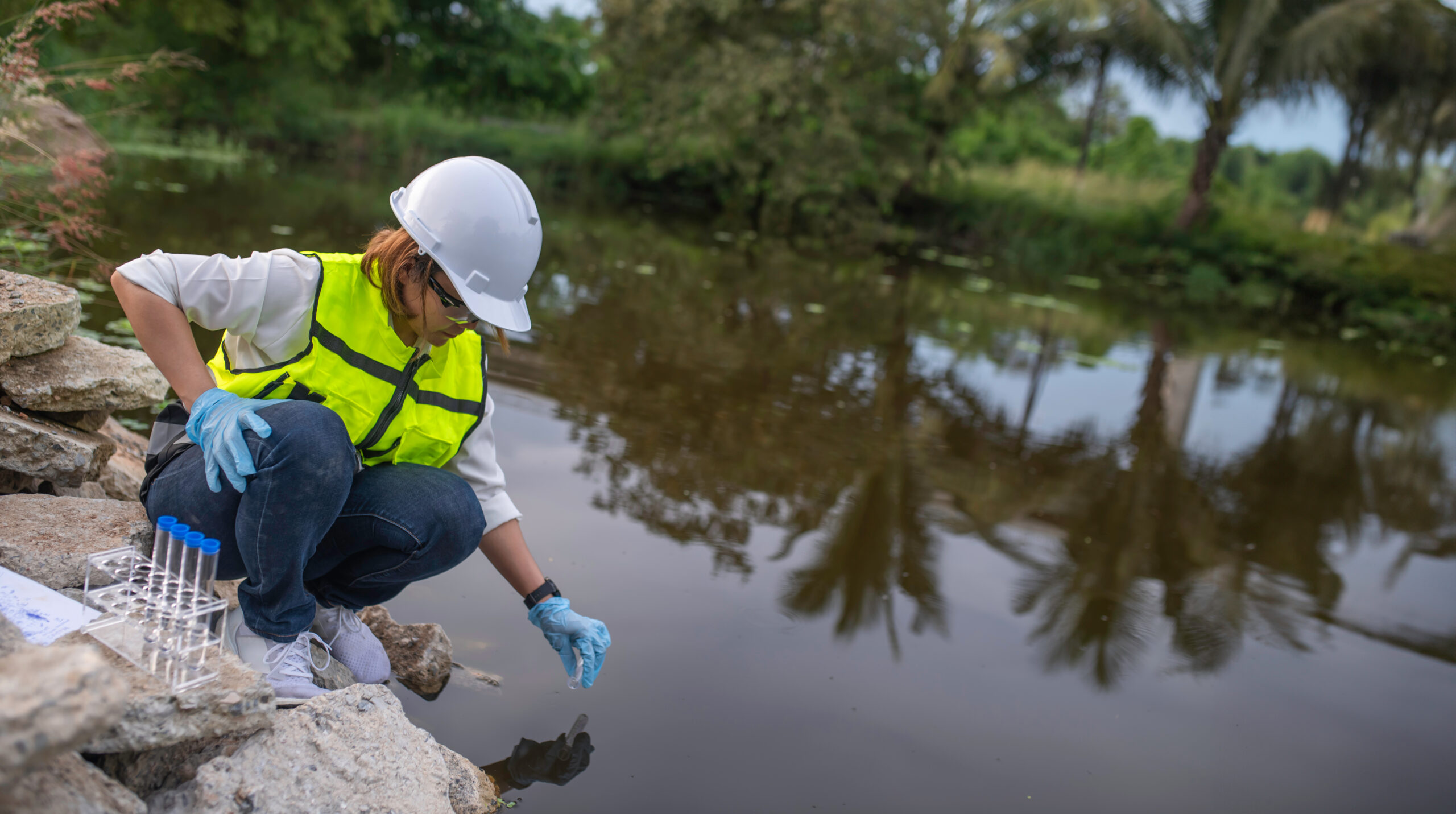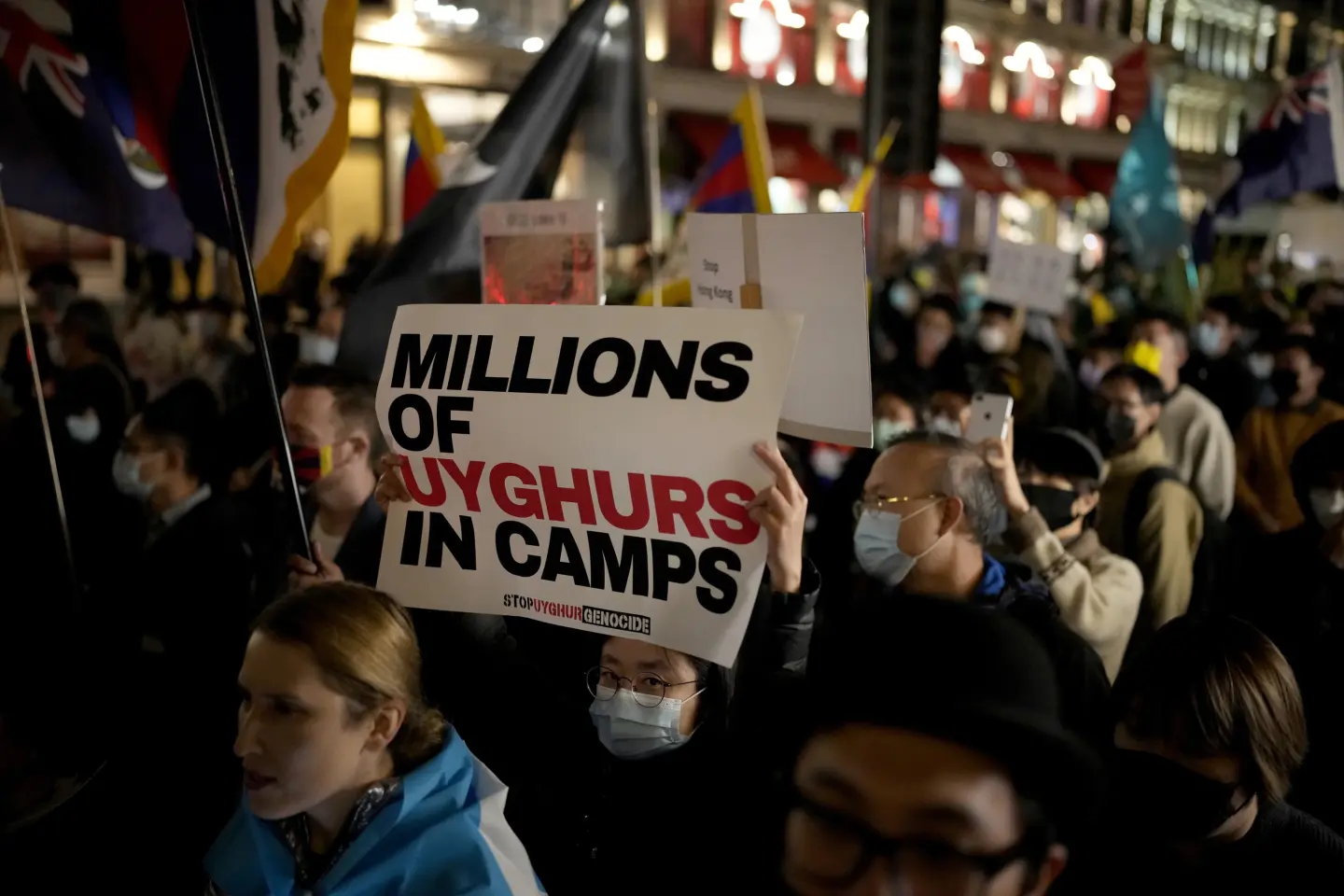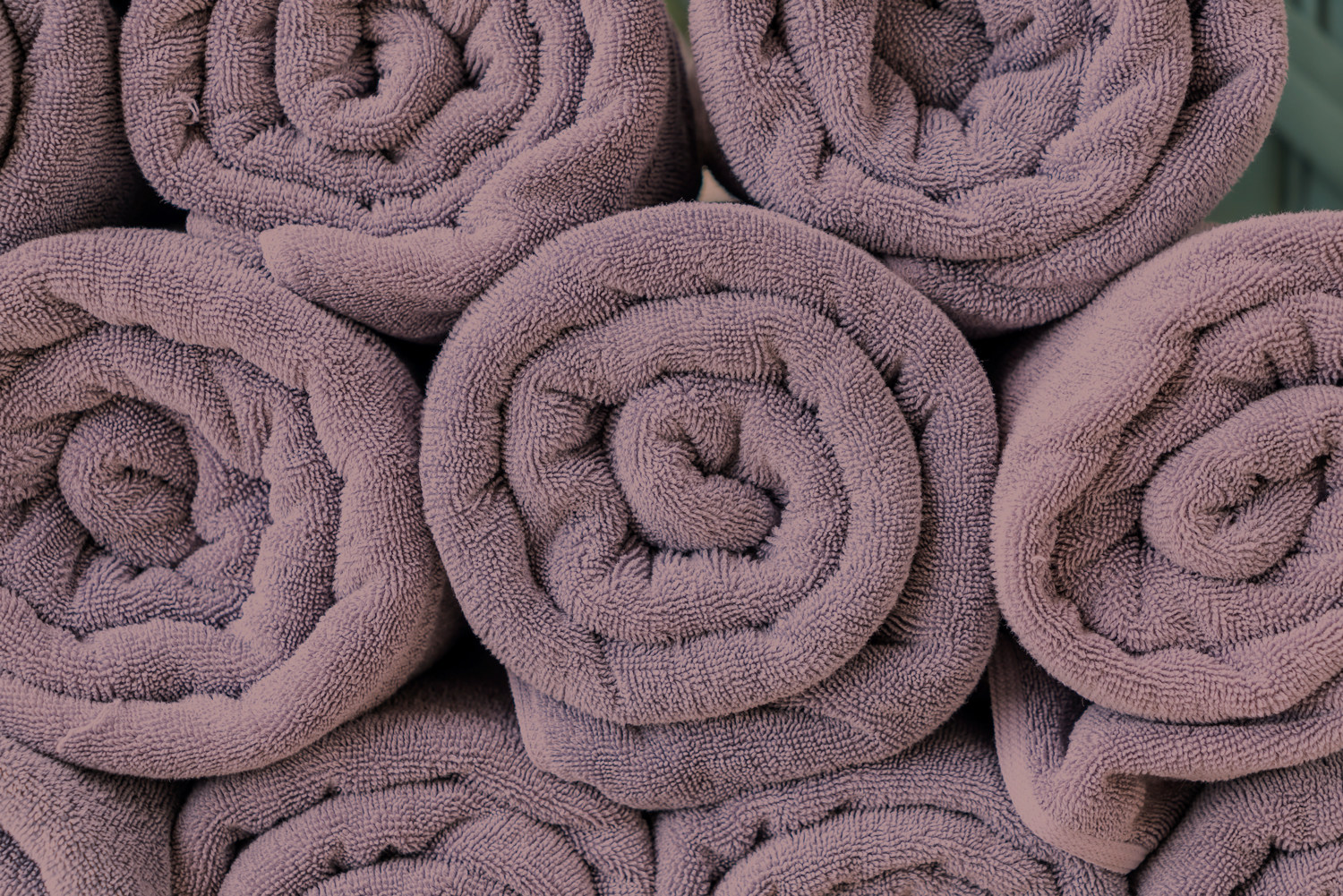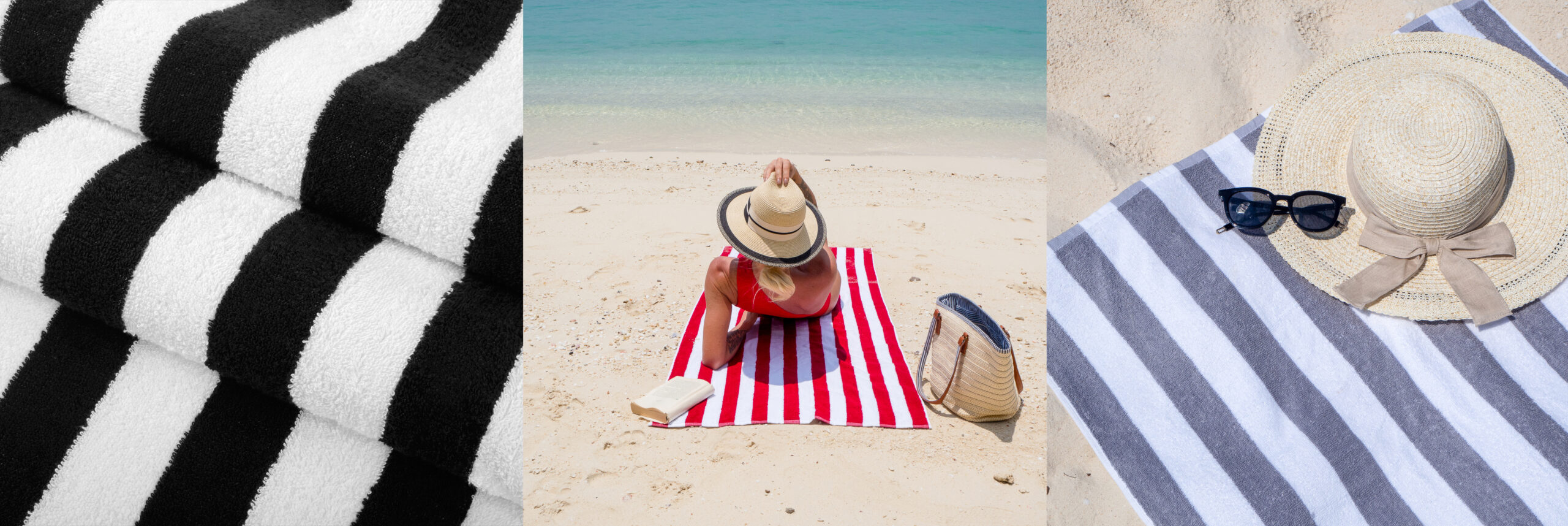Educate customers about wholesale bath towels for best-value buying
If you ask someone why they like their favorite bath towel, they may mention things like its softness, thickness, beautiful border details, superior absorbency, or the fact that it was “a nice towel for the price.” Each of those elements evolves from a unique combination of processes that determines what quality category a bath towel belongs in — good, better, or best. Are your customers familiar with all of the factors contributing to their wholesale bath towels—raw materials, quality, design, and cost?
Wholesale bath towel buyers for varying establishments like hotels, gyms, hospitals, nursing homes, prisons, and retail operations have very different expectations and budgets for each place. Take a moment to learn about these production techniques so you can help your customers find the best value for their needs.


